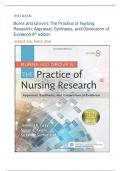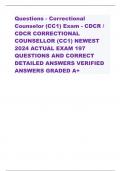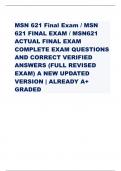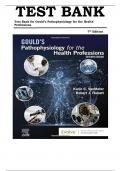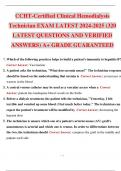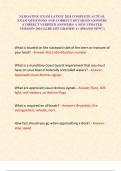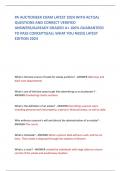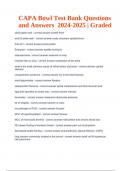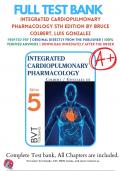Exam (elaborations)
TEST BANK Pharmacotherapeutics for Advanced Practice Nurse Prescribers (5th Ed) by Woo Robinson - Chapters 1-55| Latest Practice Exam 100% Verified Answers
- Module
- Institution
- Book
***Download Test Bank Immediately After the Purchase. Just in case you have trouble downloading, kindly message me, and I will send it to you via Google Doc or email. Thank you*** Explore the comprehensive test bank guide for the 5th Edition of Pharmacotherapeutics for Advanced Practice Nurse Presc...
[Show more]




